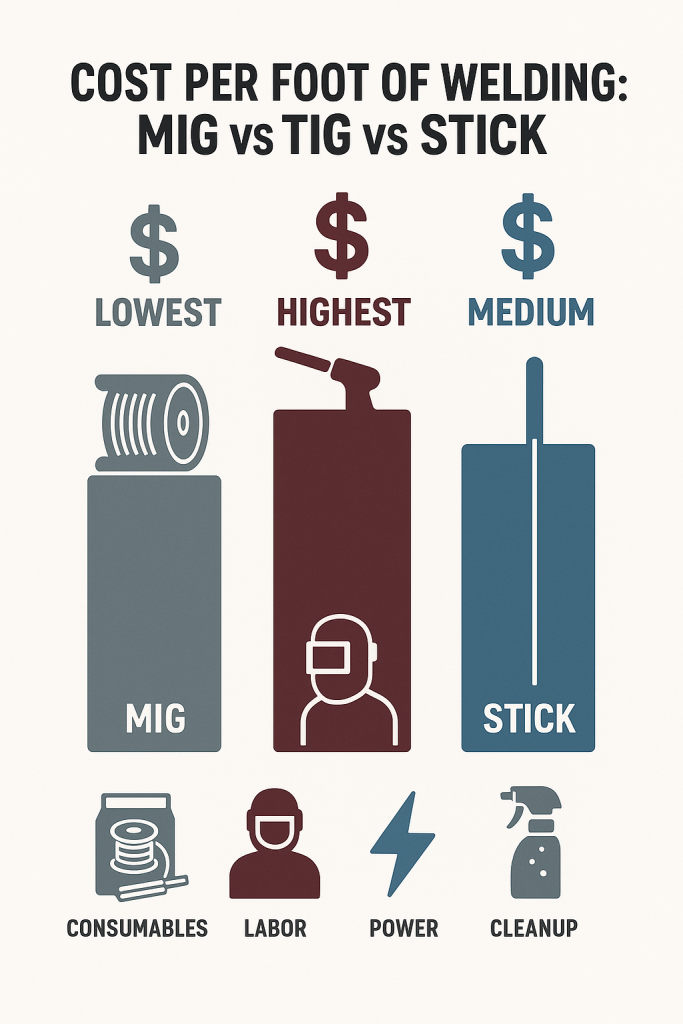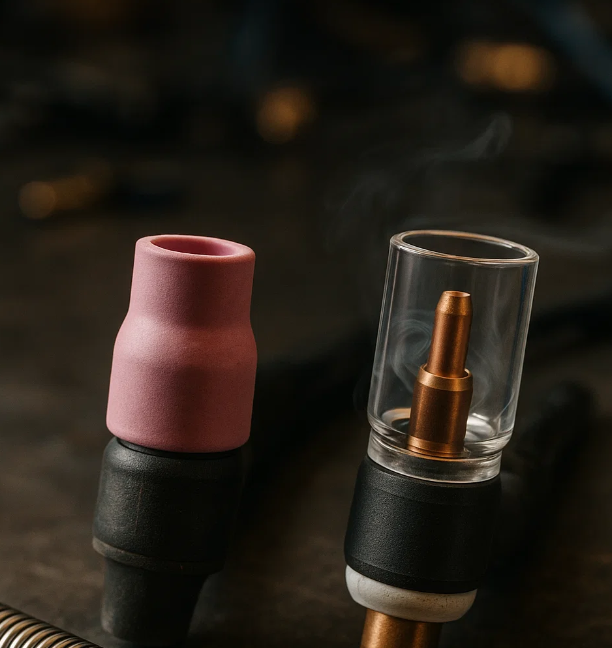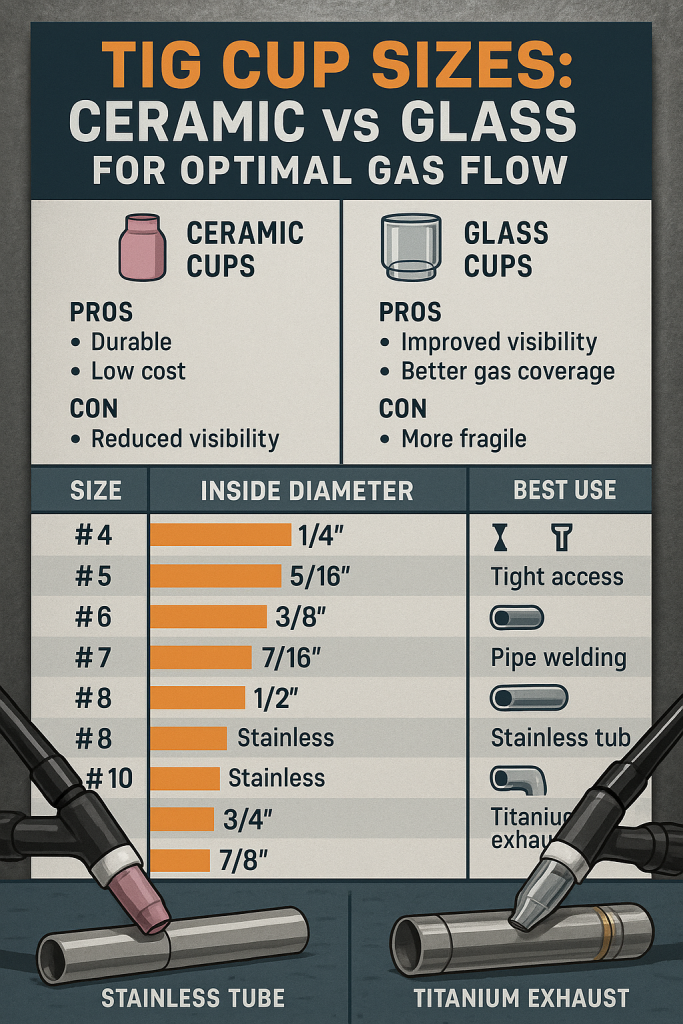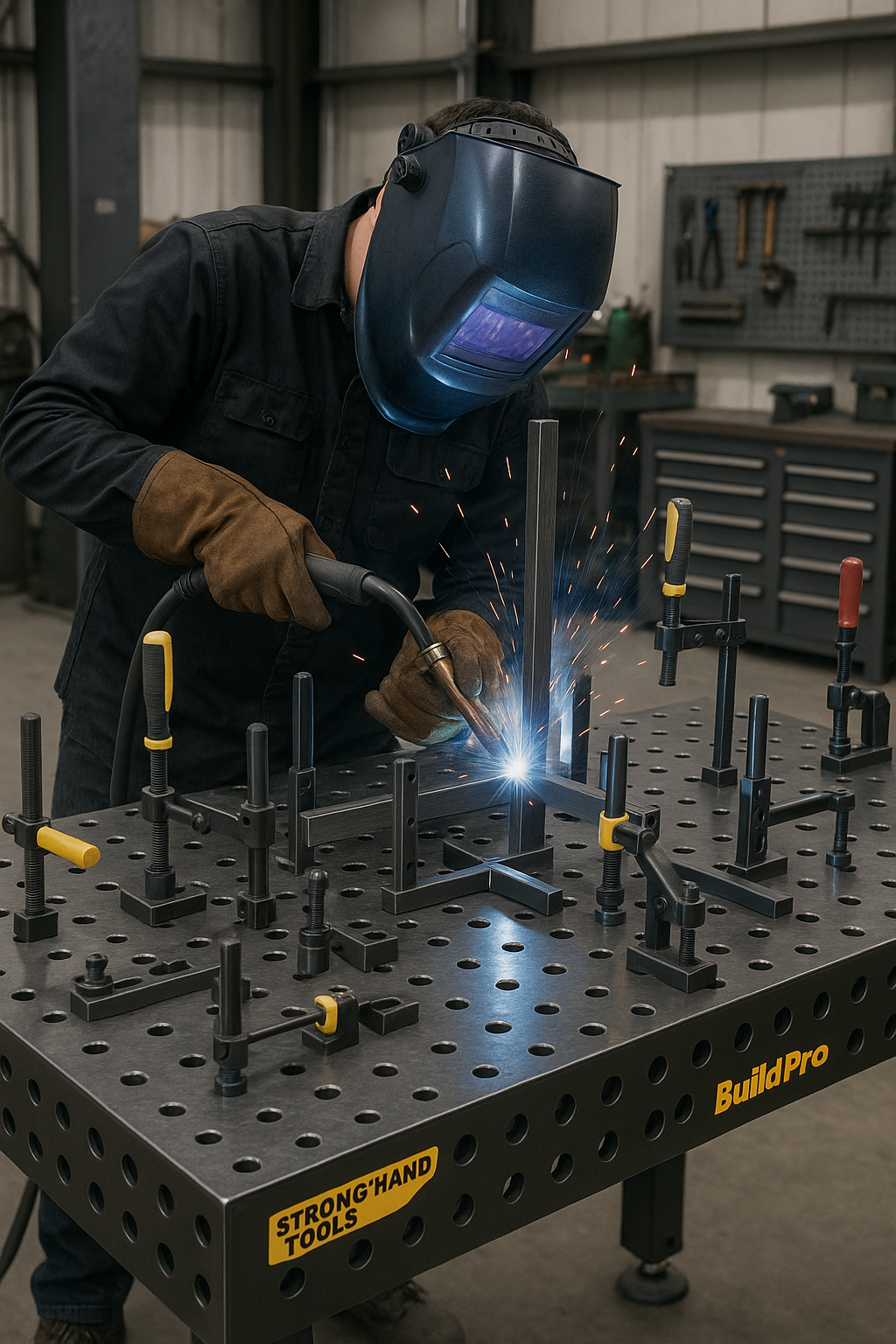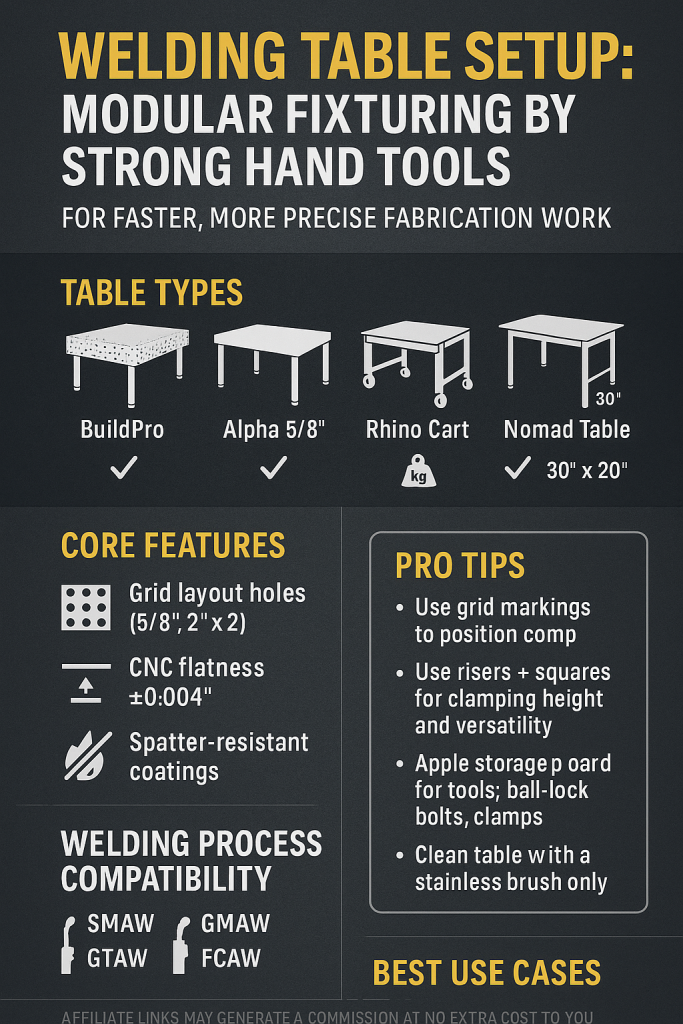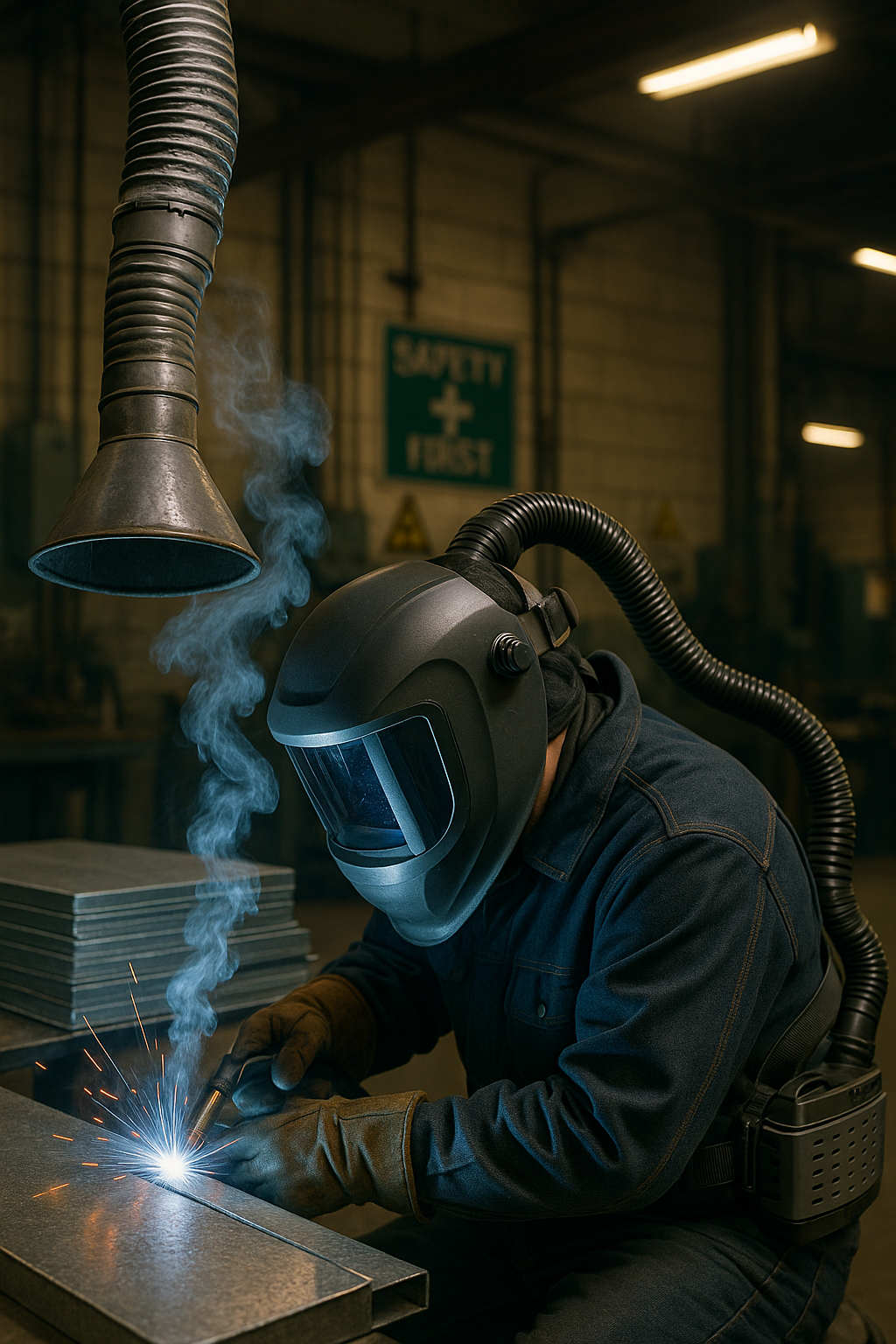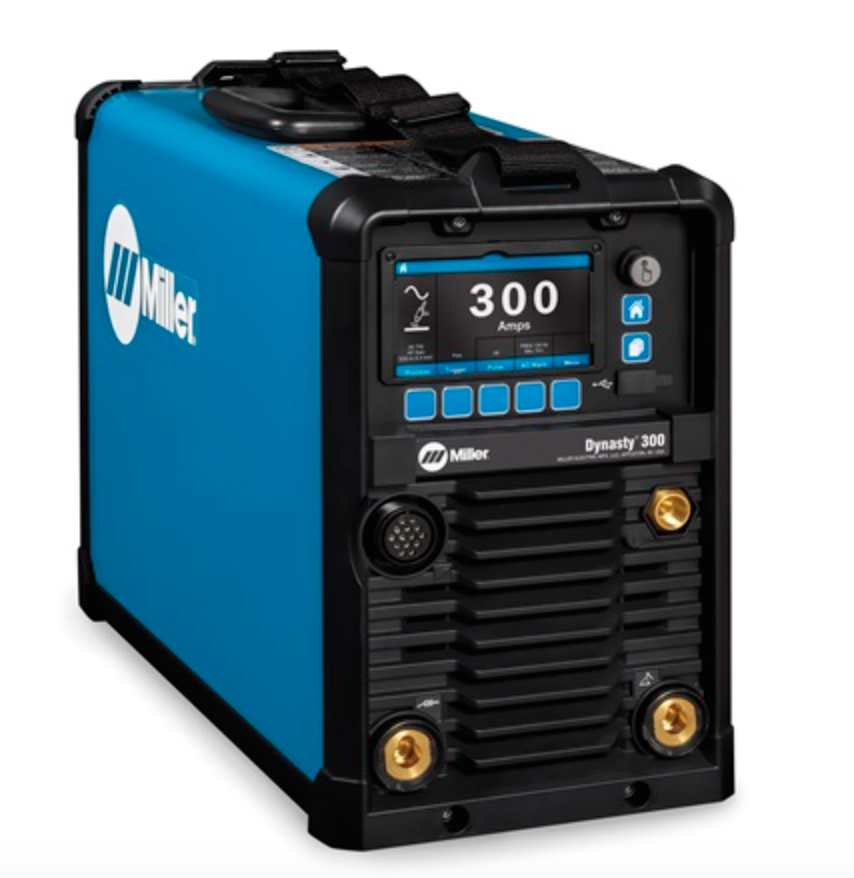
A Technical Deep Dive Into the 907818 Miller Dynasty 300 TIG Welder with CPS
Introduction
The 907818 Miller Dynasty 300 TIG Welder with CPS is a premium, high-frequency inverter-based TIG (GTAW) and Stick (SMAW) welding system engineered for advanced welding applications. Distributed by Miller Electric, one of the leading names in industrial welding equipment, this model stands out for its compact form, multi-voltage flexibility, and exacting arc control.
The inclusion of CPS (Cooler Power Supply) means this system is designed to integrate a TIG torch liquid-cooling solution without needing an external power source, delivering seamless compatibility within Miller’s Compact Cooler (Coolmate) ecosystem.
This model is not designed for hobbyists or entry-level students. It’s tailored for professional welders, metal fabricators, aerospace technicians, pipefitters, and advanced welding programs demanding high-quality, dependable TIG performance across a wide array of metals and thicknesses.
Key Features or Specifications
The 907818 Miller Dynasty 300 TIG Welder with CPS delivers impressive technical specs that align with demanding industrial standards:
-
Input Power: 1- or 3-phase, 208–600 V (Auto-Line™ technology)
- Benefit: Operates virtually anywhere without manual linking—great for field or global work.
-
Welding Processes: AC/DC GTAW (TIG), AC/DC SMAW (Stick)
- Benefit: One unit for various metals (Aluminum, Stainless Steel, Carbon Steel, etc.).
-
Rated Output:
- 1-phase: 1–300 A
- 3-phase: 5–300 A
- Benefit: Full 300 A output even on single-phase—rare in compact inverters.
-
Weight: 55 lbs (without accessories)
- Benefit: Lightweight enough for site transport yet robust for industrial duty.
-
Cooler Power Supply (CPS):
- Integrated 120 V auxiliary receptacle for Coolmate™ series
- Benefit: Simplifies wire routing and power management for liquid cooling.
-
Dimensions: 13.6 in H x 8.7 in W x 22.7 in D
- Benefit: Compact footprint—saves space in crowded welding booths or mobile rigs.
-
Certifications:
- CSA, ANSI, CE compliant, IP23 rating
- Benefit: Safe for indoor/outdoor use with internationally recognized certifications.
Usage & Compatibility
The 907818 supports both GTAW (TIG) and SMAW (Stick) welding out of the box. TIG operation includes both AC and DC modes, allowing precise work on:
- Aluminum (AC mode)
- Steel and Stainless (DCEN mode)
- Exotic alloys (with pulsed DC or advanced AC waveforms)
Machine compatibility includes:
- Miller’s Coolmate™ 1.3 or 3.5 Coolers (connects directly via integrated CPS)
- Weldcraft™ 20 Series TIG torches (for high-amperage liquid-cooled work)
- Wireless Foot Controls and digital interface accessories via Miller’s ArcTimer™ data log interface
User Notes:
- Pro: Easy-to-navigate front panel and intuitive setup menus.
- Con: Higher upfront cost compared to transformer-based TIG units (offset by long-term energy savings and arc quality).
Common Applications
The Dynasty 300 with CPS is at home in high-precision and production-level settings. Typical applications include:
-
Aerospace Manufacturing
- Precision welding of thin-gauge aluminum for airframes.
-
Industrial Pipe Welding
- AC/DC TIG with pulse settings delivers strong, defect-free welds on pressure pipes.
-
Tool & Die Repair
- Great low-end amperage control for intricate work on high-strength steels.
-
Automotive Fabrication
- Weld complex assemblies on aluminum and stainless.
-
Shipbuilding & Nuclear Industries
- Certified output and tight tolerances meet critical welding codes.
What sets the 907818 apart is its:
- Power Flexibility (208–600 V Auto-Line)
- Precision Arc Start and Control
- Liquid-Cooled Support Built-In via CPS
- Portability without sacrificing power
Tips & Best Practices
To get the most out of your 907818 Miller Dynasty 300 TIG Welder with CPS:
- Use a water-cooled torch for extended welds over 150 amps to prevent torch damage and discomfort.
- Set appropriate pre-/post-flow times in gas settings to maintain shielding, particularly with stainless steel welds.
- Calibrate balance and frequency for AC aluminum to control cleaning action vs. penetration (start with 70% balance and 120 Hz and adjust).
- Enable pulse TIG (advanced feature) for better heat control on thin materials.
- Perform routine water cooler maintenance if using CPS—check coolant levels weekly and flush the system every six months.
- Check power supply compatibility before jobsite deployments. While Auto-Line handles most voltages, local regulations may require inspection.
Common Pitfalls:
- Using air-cooled torches above 150 A—excessive torch heat can damage components.
- Forgetting to enable CPS supply—cooler won’t operate unless switched on from the control panel.
- Not updating firmware/software via Miller digital ports—missing out on arc performance updates.
Conclusion
The 907818 Miller Dynasty 300 TIG Welder with CPS represents the top tier of inverter-based TIG welding systems. Packed with industrial-grade features, Auto-Line multi-voltage input, integrated cooling power, and unparalleled arc control, this model is built for professionals who demand reliability and precision.
Whether you’re in fabrication, aerospace welding, or advanced education programs, the Dynasty 300 with CPS bridges
- Item Details The Dynasty 300 Series is a powerful combination of capability and portability
Last update on 2025-11-22 / Affiliate links / Images from Amazon Product Advertising API

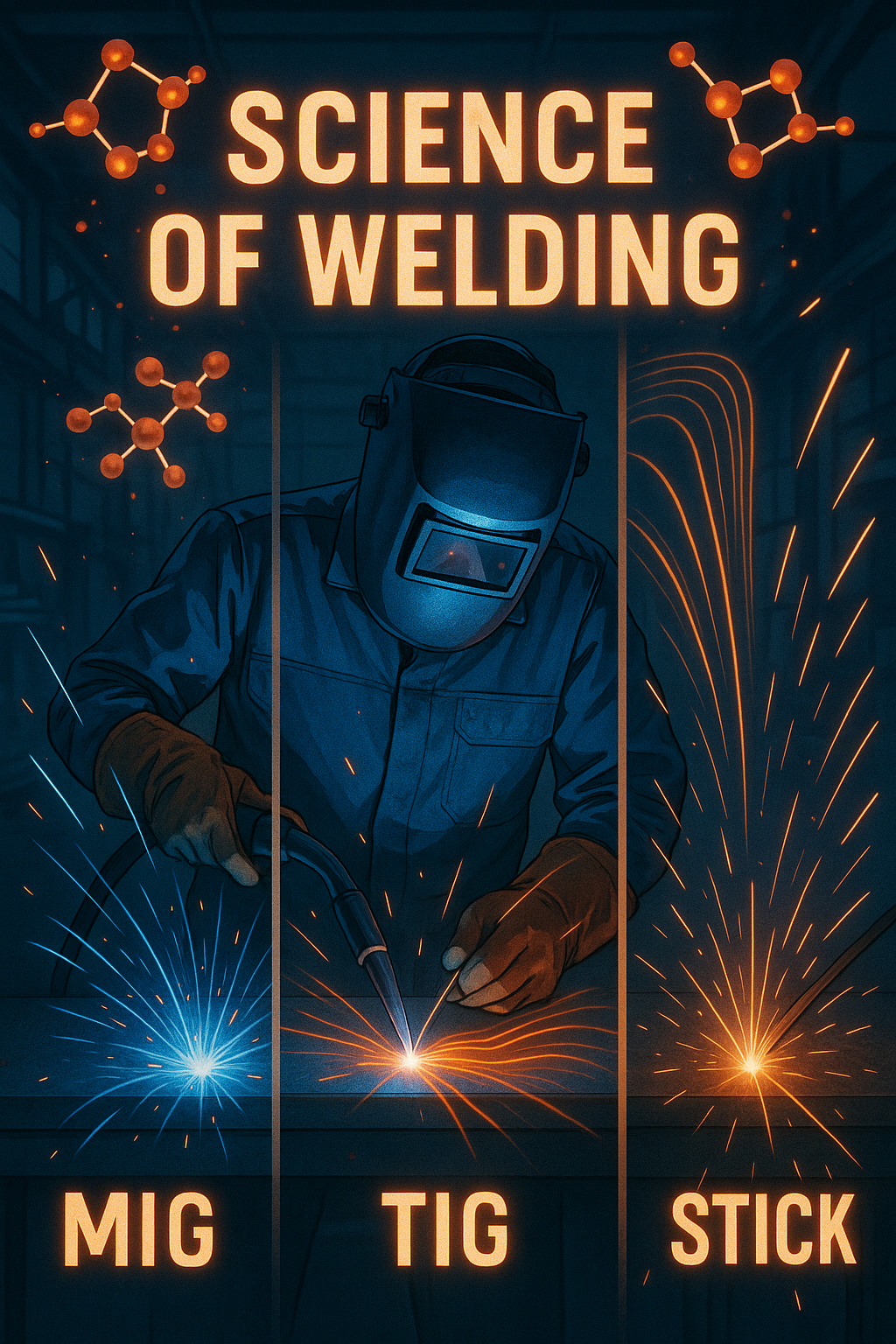
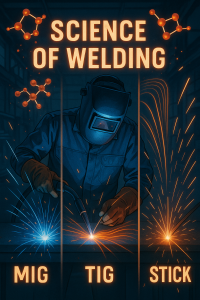
 MIG Welding (GMAW) – High Speed, Low Cost
MIG Welding (GMAW) – High Speed, Low Cost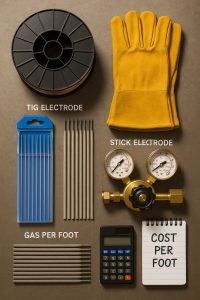
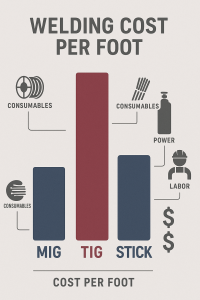
 Assumptions:
Assumptions: MIG Welding Cost Example
MIG Welding Cost Example $0.89/ft
$0.89/ft